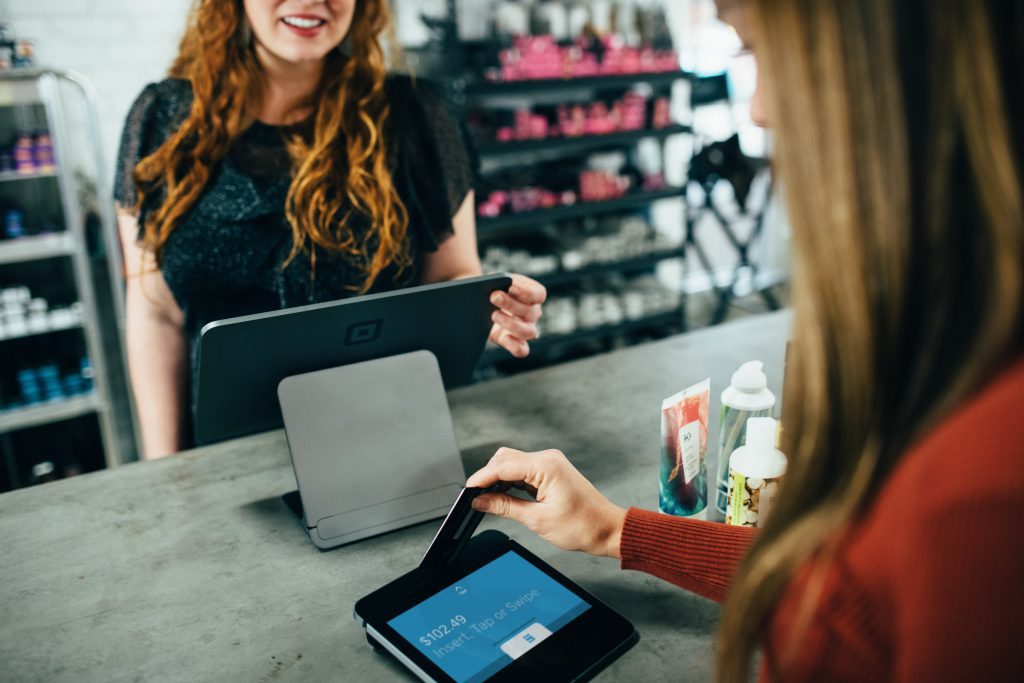What really clicks with your customers? What makes them choose you over the competition?
There is no dearth of options in the market — no matter what your industry may be. What can set your business apart, however, is to not only deliver exceptional products, but also to ensure a personalized, relevant experience.

How do you get started with building the best experience?
The best place to begin? Identify your key target audiences. After all, no matter what business you’re in, it’s unlikely that you have only one customer persona, and even then, not everyone will be at the same stage of the buying journey.
It’s only by understanding these aspects that you can create personalized approaches for everyone, helping you make the most relevant decisions. And the way to do that? Segmentation!
Most businesses have long abandoned the one-size-fits-all approach. For example, you’ll see brands joining in on Thanksgiving promotions in the United States, but those same brands won’t be doing the same in Singapore. This is geographic segmentation, and it helps brands adapt their approach across global markets.
Technology today allows businesses to take customer segmentation to the next level. In fact, deeper segmentation is the key to not just providing relevant experiences, but ones that inspire better brand recall and loyalty.
The segmentation advantage
All businesses use segmentation — albeit in different ways. Perhaps it’s the festive campaigns they run, or the region-specific communication based on different cultural aspects — it’s what helps them connect with people everywhere.
However, the key to business differentiation is hyper-personalization. And this is ideally done with the help of deeper segmentation techniques. Capture the psychographic, behavioral, and technographic segmentation to better understand the why, how, and where behind your communication.
While such data isn’t always easy to come by, once acquired it can be the key weapon in your business differentiation arsenal. Here is how each segmentation style can help you tailor communication to your customers’ specific needs.
Psychographic segmentation
Do you really understand your customers? Why do they buy your product? What need are you addressing?
Psychographic segmentation refers to the “why” behind customers’ actions. It differs between individuals, and the best way to learn this is to do your market research, talk to your customers, and get to know them.
A great way to do so is with the help of social media. Employ social listening to understand how your customers respond to your brand, and dive deeper to assess their opinions, interests, and personalities.
Conduct online polls and ask your customers quick questions to understand what they prefer beyond just your products/services. Each of these can add another layer of insights into your marketing strategies. After all, psychographic segmentation is based on specific factors: social status, personality, lifestyle, interests/activities, and attitude. While each of these factors appear ambiguous, they can strongly influence how you personalize your approach based on each audience segment.
A great example of a company doing this would be RollsRoyce. The luxury car brand understands that their audience is not influenced by television ads. Think about it — have you ever seen a RollsRoyce ad? Moreover, they don’t want their products diluted by sharing screen space with other brands. They understand that, for their audience, status is inaccessibility, and they strive to ensure that their product remains the ultimate symbol of that.
Behavioral segmentation
How engaged are your customers? At what stage are they approaching you? Each buying stage requires a different approach that can best be deduced by first understanding your customers’ buying signals.
For example, if a customer is a repeat visitor to your website but hasn’t yet checked out, perhaps a small discount might nudge them to make the purchase. Alternately, if they’re a first-time visitor, providing a little more information might do the trick.
Behavioral segmentation empowers you to give context to your interactions so that you can create communication that directly reflects your customers’ needs or wants in the moment. And the best part? You already have most of the data you need from website statistics — you just need to analyze it and incorporate workflows to transform the experience.
Once you have this in place, you can add in relevant forms — perhaps when a first-time visitor is about to close the tab — or add in a pop-up live chat option to immediately address any concern that may arise.
Technographic segmentation
What’s your audience’s preferred platform? It doesn’t do to send out emails if your customers are the kind who prefer social media instead. Similarly, why market on LinkedIn if your audience is predominantly on Twitter?
With technographic segmentation, you can learn the technology that influences your audience, so you can tailor your marketing strategies for maximum impact. After all, learning the platforms your audience frequents or the technology they use can contribute to better understanding their present mindset. If your customers predominantly access your website from their phones, perhaps it would be a good idea to launch an app.
When it comes to B2B marketing, technographic data can help you dive deeper into the technologies your (potential) clients use. Understanding this can help you connect with the right audience, expand reach, and even target new industries based on similar technology stacks.
Final words
There are several aspects that come into play when creating a hyper-personalized experience: segmenting survey responses, gathering and analyzing behavioral data, and diving into market research all come together to paint a complete picture.
It’s only when you highlight each aspect on the basis of select criteria that you can begin learning correlations, discover connections, and ideate powerful campaigns that hit the mark.

Sogolytics can not only help you capture customer responses across touchpoints, but also implement segmentation to understand the link between different factors. Our powerful analytics help you read between the lines to get to know what your customers are trying to tell you, contributing to business strategies that propel growth.














